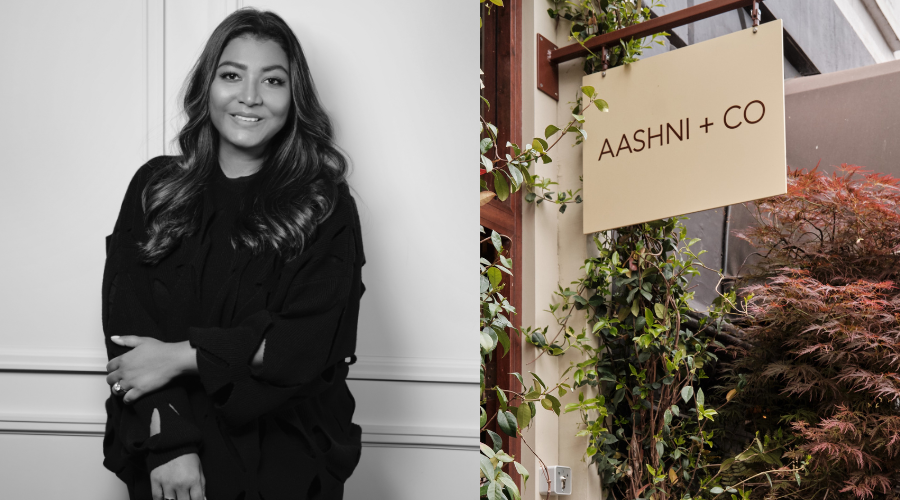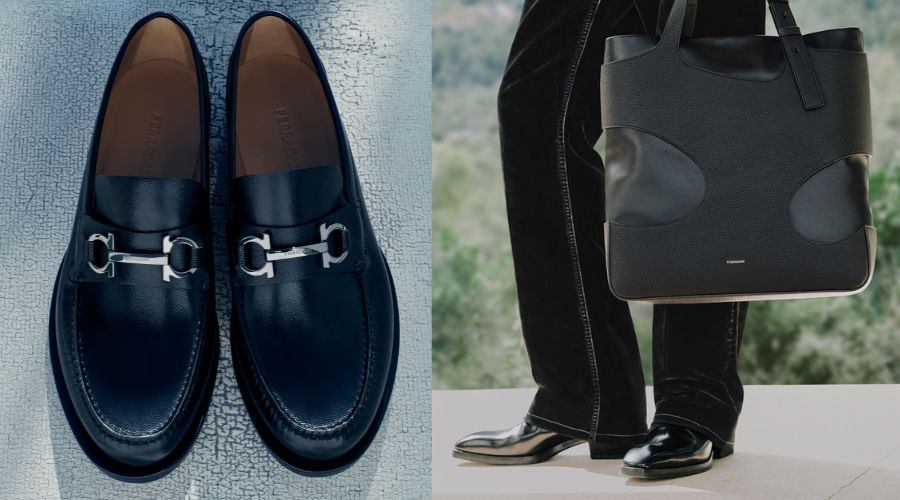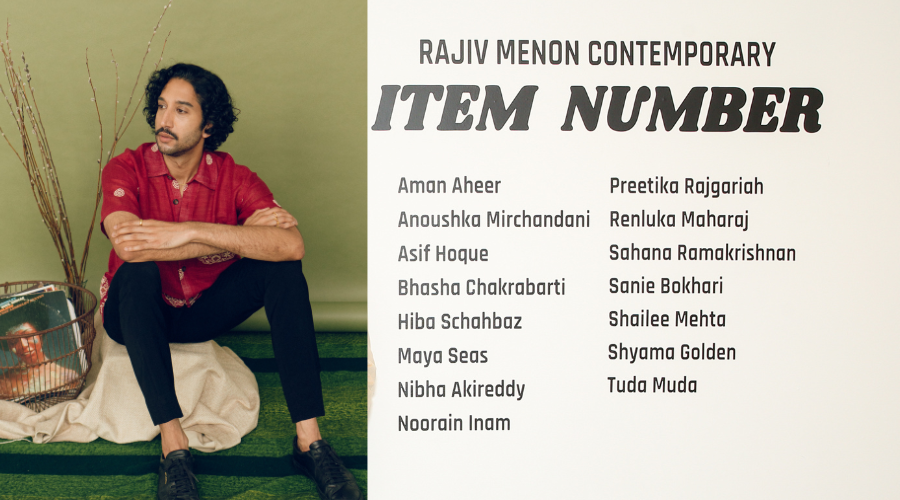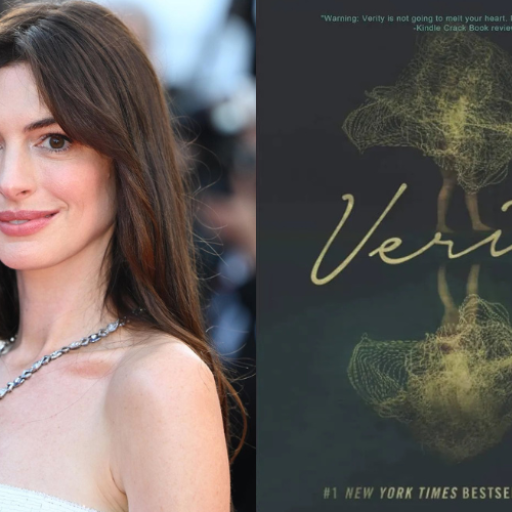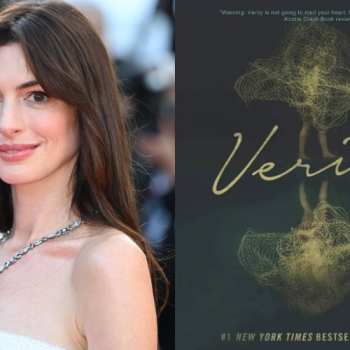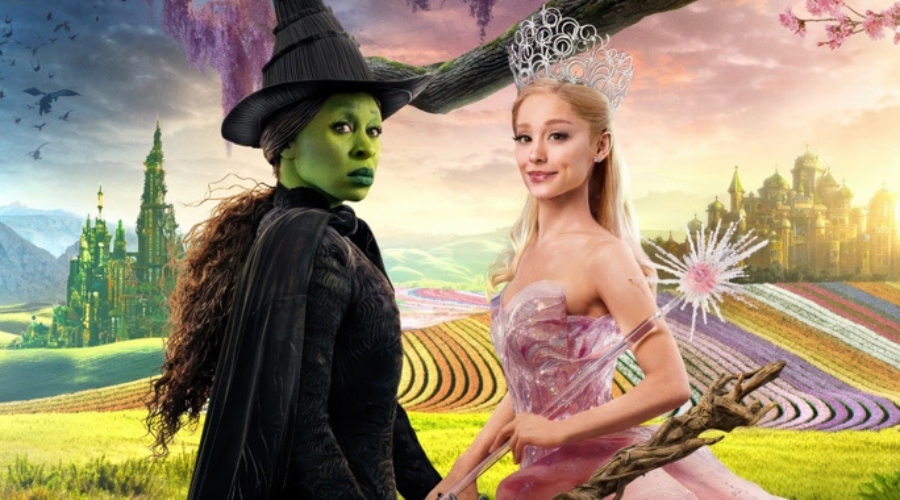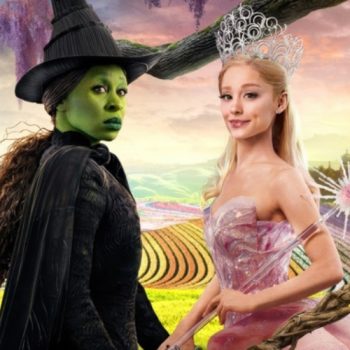If you were to bump into Rajiv Kannan Menon on a sunny sidewalk in Los Angeles, you never quite know which version of him you’ll get. He could be the curator pondering over the aesthetic and intellectual rigours of art in a postcolonial world. Or he could be mapping out feuds and ‘bad onscreen dates’ for a reality show. It is a tightrope that he sprints across with grace as he juggles between his dual role as a TV producer and the founder and director of Rajiv Menon Contemporary.

Menon’s claim to multi-hyphenate glory is further underscored by the PhD from New York University in global media and visual culture. It was during his graduate research that he would realise what the West had to learn from the postcolonial world. “Western audiences often view art and media from regions like South Asia as derivative or inferior, but I found that there was a sense of urgency to this work. As our world grows more tumultuous and unstable, non-Western perspectives provide major insight into our collective future,” he shares.
Today, his art gallery centralises South Asian art not just because it has been historically marginalised in the contemporary art world but because the themes and conversations emerging from the region grow more globally resonant every day.
Artist & The Muse
Menon’s bid for mobilising art as a catalyst for lasting change finds expression in his inaugural art exhibit that he has saucily titled, ‘Item Number’. A childhood spent consuming the theatrics of Bollywood means that the sense of colour and excess in Hindi movies has laid its stamp on his visual sensibilities—’Chaiyya Chaiyya’ from Dil Se (1998) remains his perennial favourite.
But beyond the visual vocabulary of these song sequences, his choice of title finds a parallel in how South Asian art is perched in the Western world. “The item number in Bollywood cinema generally appears to just be a throwaway or a novelty — it’s a bit of masala, but not the whole meal. But more often than not, it is the most memorable and resonant part of a film,” he says. In his experience, this serves as a potent metaphor for how South Asian art is viewed in the West.
“It’s often treated as exotic or novel and rarely given the same type of attention as other parts of the world. Despite that, I found that South Asian artists were having some of the most globally relevant conversations. Like the item number of Bollywood cinema, what seems to be at the margins is actually at the centre.” A pop culture-tinged title then serves as his vehicle for these crucial conversations about South Asian representation.
The responsibility of fostering an environment of inclusivity in the world of art is not one that weighs on the 35-year-old lightly. For his inaugural exhibit, he sought artists who were shifting the conversation, both in terms of form and message. “I love discovering artists fresh out of school and try to attend as many student shows as possible. And while it comes with many drawbacks, I’ve found Instagram to be a helpful discovery platform.
”His efforts would come to life in a diverse lineup of artists: Bhasha Chakrabarti’s carpet works find a powerful conversation between painting and textile, while Preetika Rajgariah’s work combines sari textiles and yoga mats as components of material history of the South Asian diaspora as well as the intimate relationship these objects have to the body.
But Menon believes that his responsibility doesn’t just end by bringing South Asian art to a wider audience; “My work also lies in elevating and empowering the audience to engage with meaningful work.” Today, he concedes that the needle of interest is gravitating towards decorative or digital art that’s easily consumable but often lacks cultural impact or longevity.
“But I don’t think a gallery should focus on art defined by its ease of consumption. Instead, I want people to feel comfortable asking questions about the work, and I want the gallery space to feel welcoming, even if the work is challenging,” he affirms.
The Road Ahead
In a world where the future looks increasingly volatile, Rajiv Kannan Menon’s work on blurring boundaries and championing the voices of those least heard could not have come at a more crucial time. But the path he has chosen to tread isn’t without its challenges. “When you specialise in work related to your heritage or ethnicity, there’s always a risk of being pigeonholed or being treated as a token.
The work is seen as niche or personal and somehow lacking in seriousness because it’s ‘close to home.’ I find this mindset incredibly challenging, and I am constantly demonstrating that my work has relevance above and beyond the boundaries of my background,” he states.

In an ideal world, perhaps the Los Angeles-based gallerist would have been able to lead with aesthetic and cultural merit instead of having to educate audiences on the cultural context as well as the work itself. “But at the end of the day, I have intentionally taken on this challenge in the knowledge that it won’t be easy, but it will be worthwhile as long as I am committed to this effort,” he says.
Image Courtesy: Reza Allahbakshi And Tori Mumtaz
Read the full story on ELLE India’s new issue, or download your digital copy via Magzter.


